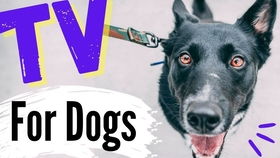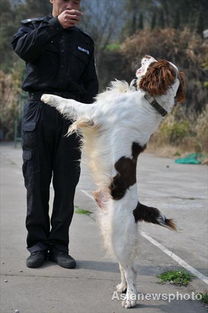Are Rib Bones OK for Dogs?
When it comes to feeding your furry friend, it’s important to consider what’s safe and nutritious. One common question that often arises is whether rib bones are okay for dogs. In this detailed guide, we’ll explore the various aspects of feeding rib bones to dogs, including their benefits, risks, and how to do it safely.
Understanding Rib Bones

Rib bones are the flat, curved bones that run along the sides of the chest in humans and animals. They are commonly found in meat cuts, such as pork, beef, and lamb. While the meat itself is generally safe for dogs, the bones can be a different story.
Benefits of Rib Bones for Dogs

Feeding rib bones to dogs can have several benefits:
-
Teeth Cleaning: Chewing on rib bones can help clean your dog’s teeth by scraping away plaque and tartar, which can lead to dental issues if left unchecked.
-
Stimulates Digestion: Chewing on bones can stimulate the production of saliva, which aids in digestion and can help prevent constipation.
-
Exercise: Chewing on rib bones can provide mental stimulation and physical exercise for your dog, which is important for maintaining their overall health and well-being.
Risks of Feeding Rib Bones to Dogs

While there are benefits to feeding rib bones, there are also risks to consider:
-
Choking Hazard: Small pieces of bone can break off and become a choking hazard for dogs.
-
Intestinal Obstruction: Large pieces of bone can splinter and cause internal bleeding or obstruction in your dog’s digestive system.
-
Broken Teeth: Chewing on hard bones can lead to broken or chipped teeth, which can be painful and require veterinary treatment.
How to Feed Rib Bones to Dogs Safely
Given the risks and benefits, it’s important to follow these guidelines when feeding rib bones to your dog:
-
Choose the Right Size: Select a rib bone that is appropriate for your dog’s size. A bone that is too large can cause choking, while a bone that is too small can break off easily.
-
Monitor Your Dog: Always supervise your dog while they are chewing on a rib bone. This will help you ensure they don’t swallow any small pieces or chew the bone too roughly.
-
Remove Any Small Pieces: After your dog has finished chewing, inspect the bone for any small pieces that may have broken off. Dispose of these pieces to prevent choking or internal injury.
-
Limit Frequency: Feeding rib bones should be an occasional treat rather than a regular part of your dog’s diet. Too much bone can lead to dental or digestive problems.
Alternatives to Rib Bones
For those who prefer to avoid the risks associated with rib bones, there are several safe alternatives you can consider:
-
Rawhide Chews: These are made from the hide of animals and are designed specifically for dogs to chew on.
-
Specialized Dental Chews: There are many dental chews available on the market that are designed to clean your dog’s teeth and provide mental stimulation.
-
Vegetable Sticks: Carrot, celery, and cucumber sticks can be a healthy and safe alternative to bones, providing both dental cleaning and mental stimulation.
Conclusion
Feeding rib bones to dogs can be a safe and enjoyable experience for both you and your pet, as long as you follow the proper guidelines. By understanding the risks and benefits, and choosing the right size and type of bone, you can provide your dog with a healthy and fun treat. Always monitor your dog while they are chewing and be prepared to remove any small pieces of bone to prevent potential harm.
| Benefits | Risks |
|---|











